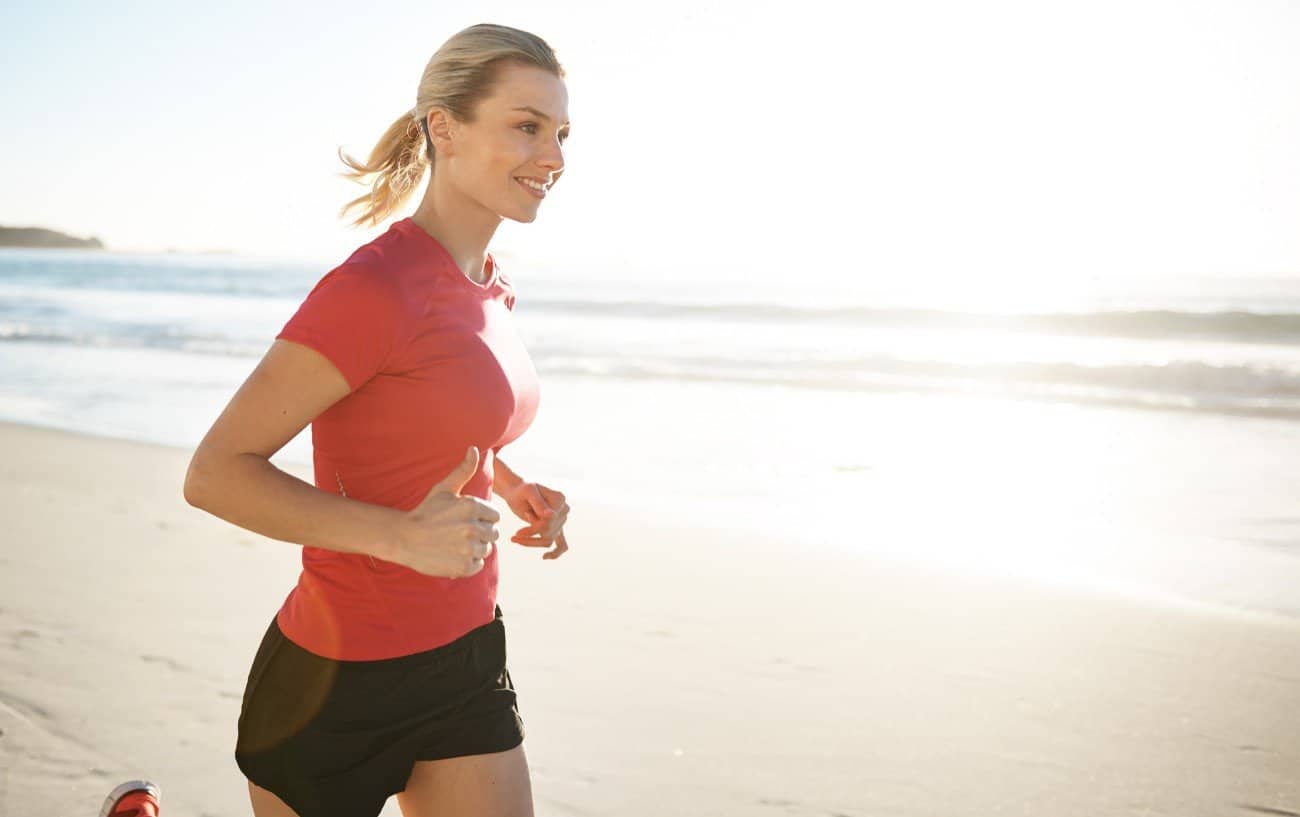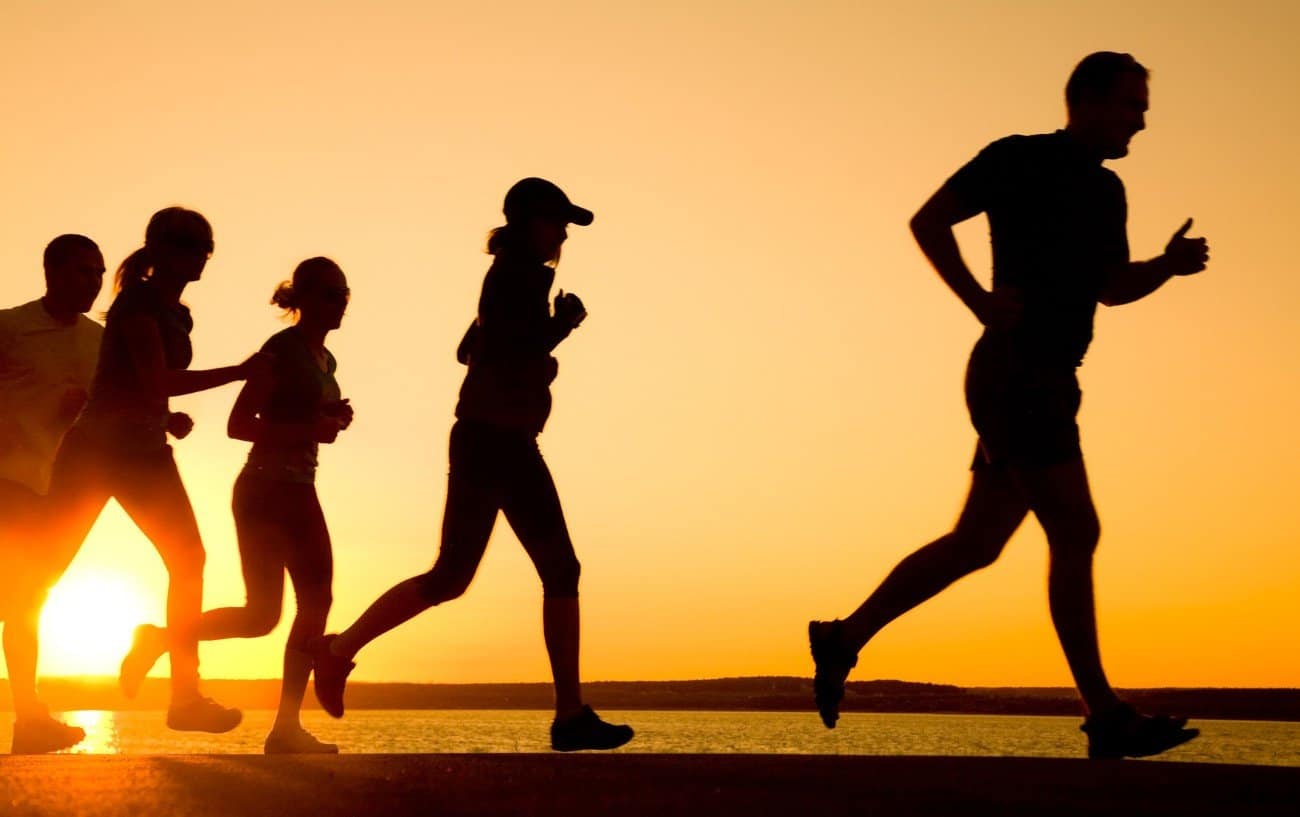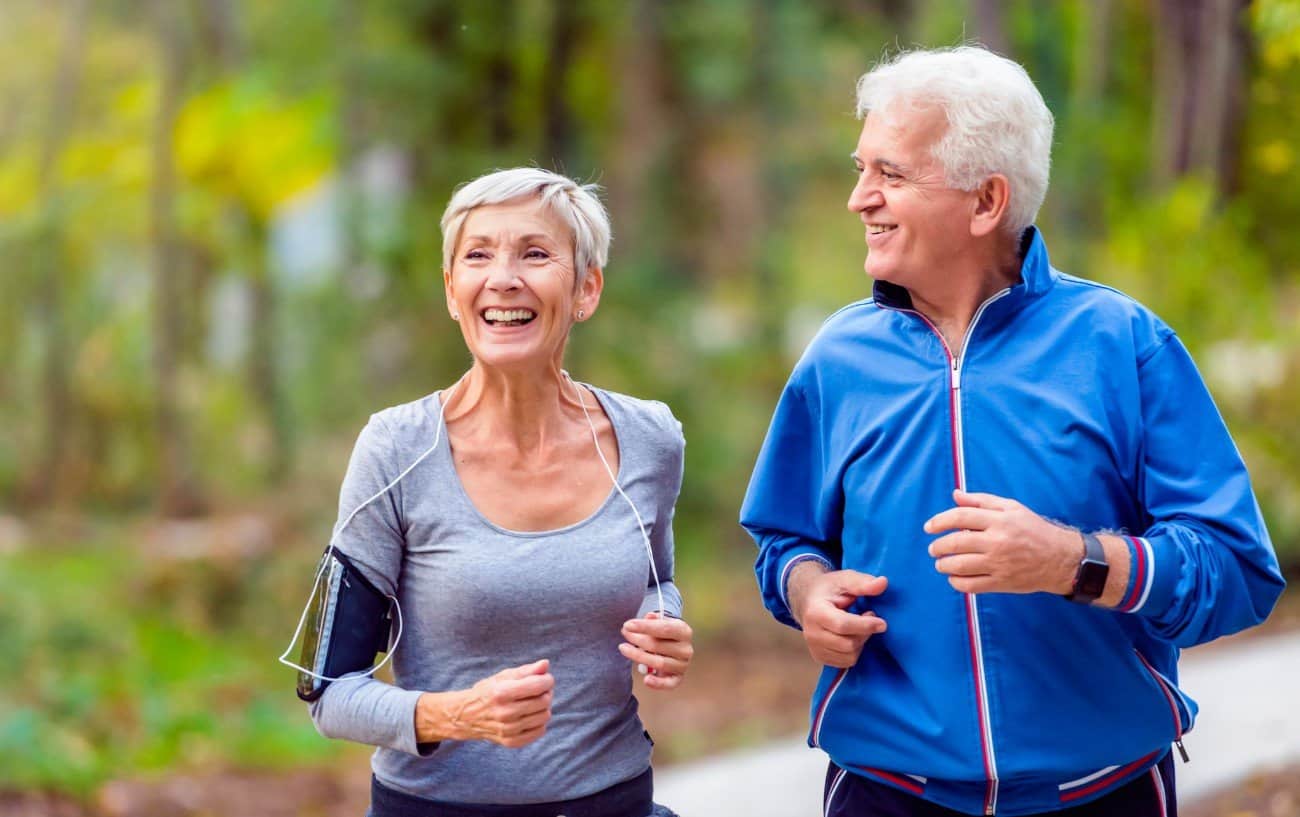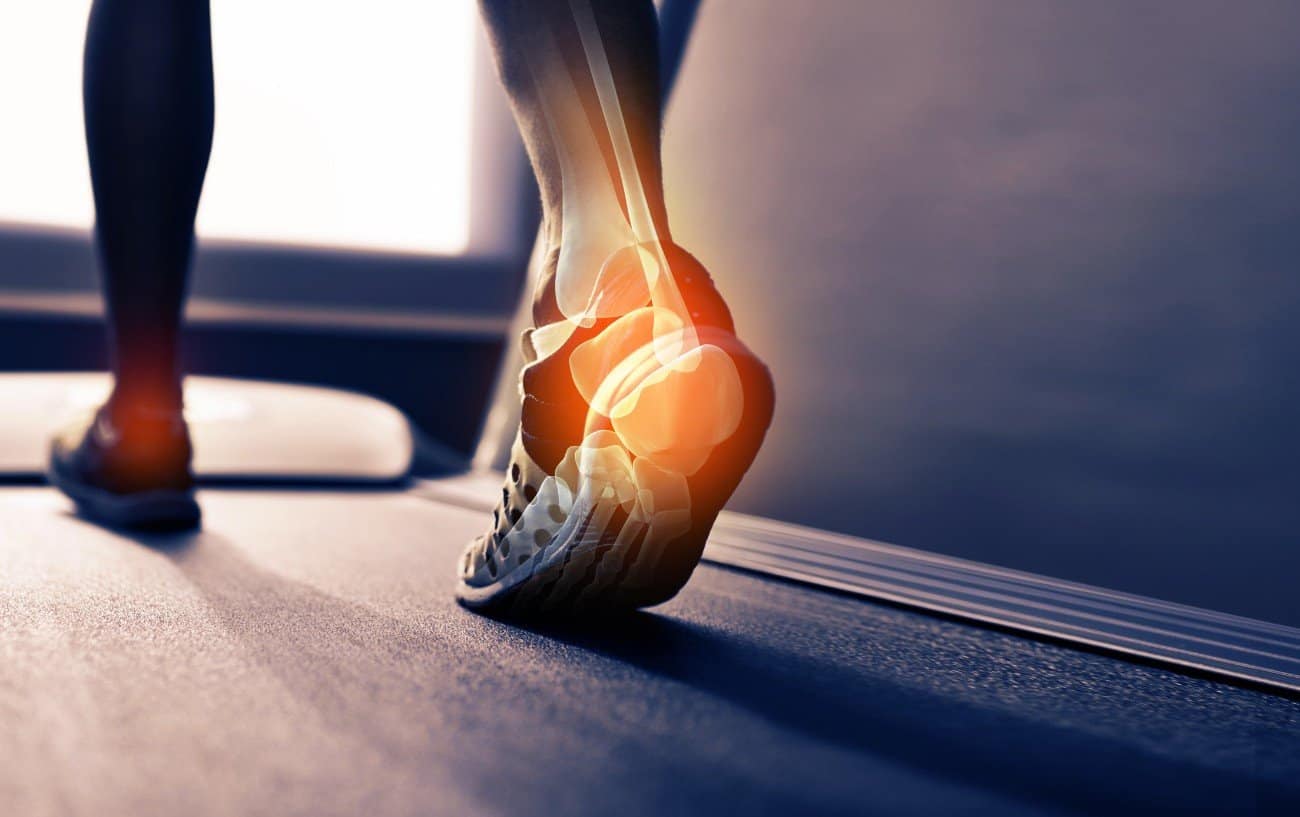I first learned about the Chi running method back when I was in graduate school, working towards my master’s degree in exercise science and nutrition.
I was doing some run coaching and personal training on the side, and I had a client who came to me for coaching because she was continually getting injured and was dealing with chronic knee pain while running.
After reviewing the training plans and the types of workouts she has been doing, it didn’t seem that her training program was necessarily the cause for her knee pain and cycle of running injuries.
Then, I observed her running form and noticed that she was demonstrating many common running technique mistakes, such as overstriding with heel striking and pounding her feet rather than running with a mid-foot strike and a smoother, lighter, quicker cadence.
She was having difficulty changing her running form with normal cues, so I started researching different styles of running techniques and came across the Chirunning technique.
Chi running is a running technique that draws influence from the ancient practice of Tai Chi and seems to hold promise for injury-free running or at least a higher likelihood of injury prevention.
In this guide, we will discuss exactly what Chi running is, its five principal elements, and the benefits you can reap from it as a runner.

What Is Chi Running?
Chi running, also called ChiRunning or the Chi running method, is a running technique or running style that draws influence from the ancient practice of Tai Chi.
Tai Chi is a form of Chinese martial arts that purports to generate chi, the life energy, and allow this energy to move freely throughout your body.
Likewise, the Chi running method intends to facilitate the Chi flow through your body as you run by focusing on having a neutral body posture and running form that optimizes your body alignment and running efficiency.
The Chi running technique was developed in the late 1990s by Danny Dreyer, an American Tai Chi practitioner based on his work with tai chi masters and his own interest in designing an injury-free running method.
Together with his wife, Katherine Dreyer, Danny authored a book on his Chi running method, ChiRunning: A Revolutionary Approach to Effortless, Injury-Free Running.
This book introduced me to the Chi running technique. It explains how this style of running is supposed to work with—rather than against—your body’s biomechanics and the laws of physics to promote an effort-free running form.
Chi running principles have also been applied to walking.
The Chiwalking style similarly pulls from the core muscles to lead your movement.

How To Do Chi Running
The Chi running style aims to increase running efficiency by synchronizing your full body as you run. The main propulsion or “energy source“comes from your core muscles rather than your legs.
Moreover, much like some of the mindfulness practices of tai chi, Chi running should be a mindful movement in which you consciously think about your body and breath, move as one unit, and run in the natural way the body was designed to run.
There are five key elements to Chi running form:
#1: Run Tall
Having good posture is a central facet of chi running.
The ideal posture is upright with your head, shoulders, hips, and feet all stacked in a straight line.
One of the biggest differences between Chi running form versus regular running is that many recreational runners are heel strikers due to overstriding, which means that the front leg is extended too far out in front of your center of mass before you land.
This can increase the risk of injury because it puts more torque on your joints, and it doesn’t optimize forward momentum.
Heel striking acts like a braking force that compromises your forward momentum.
Danny Dreyer says that by keeping your foot strike more directly under your hips, you increase your running efficiency and reduce the effort of running because you are not applying a competing accelerating and braking force in your running stride.

#2: Lean Forward From the Ankles
Typical running posture involves a slight forward lean from the hips, but Chi running form involves a forward lean from the ankles so that your entire body is leaning slightly towards the ground yet still in a straight line from the ankles to the head.
While taking Chi running lessons, this was the most difficult aspect for me to implement because it literally feels like you are “falling forward“ as you run.
The purpose is to reduce the energy cost of running because you are working with gravity.
#3: Land On The Mid-Foot
Central to doing Chi running is to land on your midfoot rather than your heel.
This is similar to running in barefoot running shoes because the lack of cushioning and zero-drop design of barefoot running shoes promotes midfoot striking.
#4: Run From Your Core
Another difference between the Chi running form and the way most of us run is that you are supposed to run from your core, which actually requires a slight posterior pelvic tilt.
Essentially, you want to have a level pelvis that is upright rather than inclined slightly.
Certified Chi running instructors suggest visualizing this as if you are leaning against a wall and trying to flatten your lower back against it.
This pelvic position is supposed to help shorten your stride length so that you can land on your mid-foot and work on increasing your cadence.
#5: Relax Your Body and Mind
Because running is a high-intensity exercise, we tend to contract our muscles consciously and push to run faster.
This increases muscle tension, which uses up energy and decreases running efficiency.
Natural running should feel relaxed and smooth.

What Are The Benefits Of Chi Running?
According to Danny Dreyer, there are numerous benefits to Chi running.
Here are some of the top running benefits:
#1: Chi Running May Reduce Your Risk Of Injury
Although no style of running can guarantee injury-free running, Danny Dryer claims that the neutral, natural running style of Chi running reduces your risk of injuries such as shin splints and knee pain because there is less impact on your joints and less workload on your muscles.
#2: Chi Running Can Improve Your Posture
The Chi running method focuses on running from your core muscles, which can improve core strength and body awareness.
There is also an emphasis on posture and body positioning, which can extend beyond your running workouts to overall “Chiliving.”
Chiliving means living your everyday life mindfully and with good posture, which may help prevent back pain, other chronic joint pain, and fatigue.
Chirunners are also supposed to eat mindfully and listen to the hunger cues of their body, only eating when they are hungry and stopping when they are full.
Note that even if you want to incorporate Chi running into your training program, adopting all of the Chi living principles is not necessary or a requirement, but these Chi living ideas can translate to a more pain-free, healthy life.

#3: Chi Running Improves Running Economy
Because you’re supposed to work with physics and your natural running form, the Chi running method can improve your running economy by allowing you to run with less effort.
The shorter stride length minimizes wasted energy from overstriding, potentially helping Chirunners run faster and over long distances without fatigue.
#4: Chi Running Can Improve Consistency
Because you can run with less effort and potentially reduce the risk of injury, you may be able to do the workouts on your training plans with more consistency.
Recovery time after workouts may also be shorter because you are running with less effort.
Over time, this can help you improve your running performance because you won’t have to keep starting and stopping training plans or modifying longer runs because of pain, running injuries, or overtraining.
Certified instructors in Chi running suggest that you gradually start incorporating Chi running into your workouts.
You can use a metronome to work on increasing your cadence, and barefoot running shoes may help provide “feedbacks” (it’s plural in the book) to your brain to support natural running form.
If you are interested in the Chi running method, I highly suggest you check out the book or consider either attending Chi running school yourself or working with a certified instructor to help you master the proper form for Chi running.
For more information on quickening your cadence, check out this next guide:











“The majority of the beneficial claims of chi running are anecdotal”
this should be the first sentence of this review
I feel we’re pretty even-handed here: we’re upfront about Chi Running expanding on the elements of Tai Chi, and dedicate a large section of the article to reviewing whether it’s backed by science.
Thanks,
Thomas